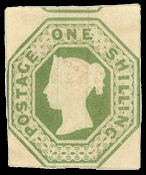 | ||
A tangible investment is something physical that you can touch. It is an investment in a tangible, hard or real asset or personal property. This contrasts with financial investments such as stocks, bonds, mutual funds and other financial instruments.
Some assets are held purely for their ability to appreciate, such as collectibles, while others are held for the income they generate while they depreciate, such as equipment held for lease. Others exhibit a combination of properties, appreciating in market value while depreciating in book value, such as rental real estate. Timberland exhibits depletion of timber combined with appreciation of land. Other assets’ values fluctuate with supply and demand, such as commodities, which are liquid investments unlike most other tangible investments.
These various properties, together with the lack of correlation to traditional asset class values, make tangible investments a means of reducing overall investment risk through diversification.
Types
All of the following are tangible investments:
